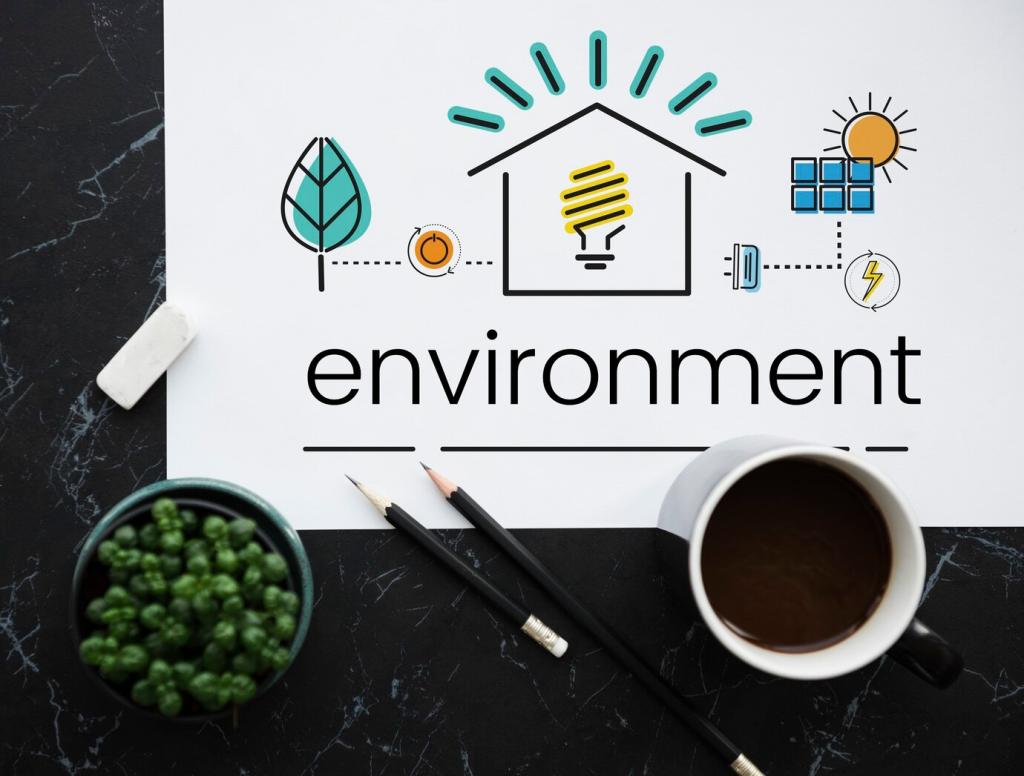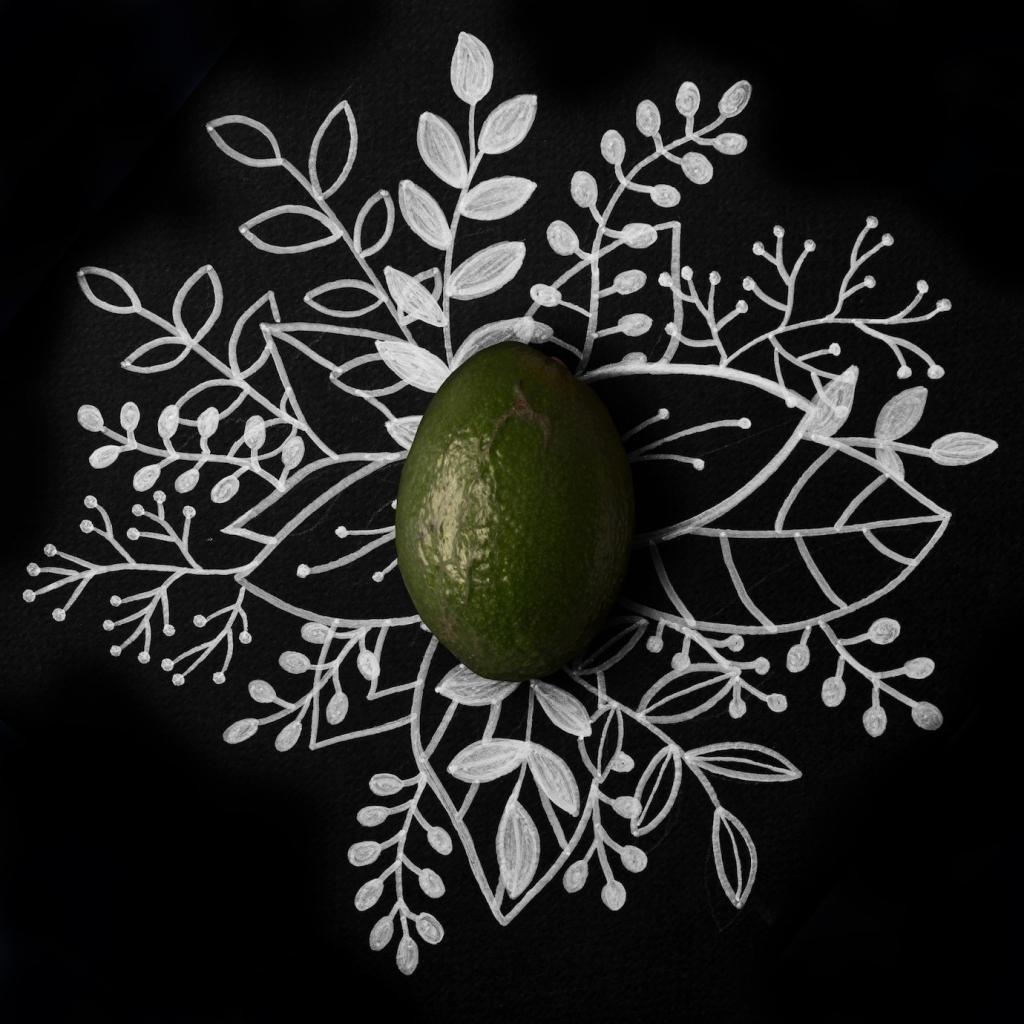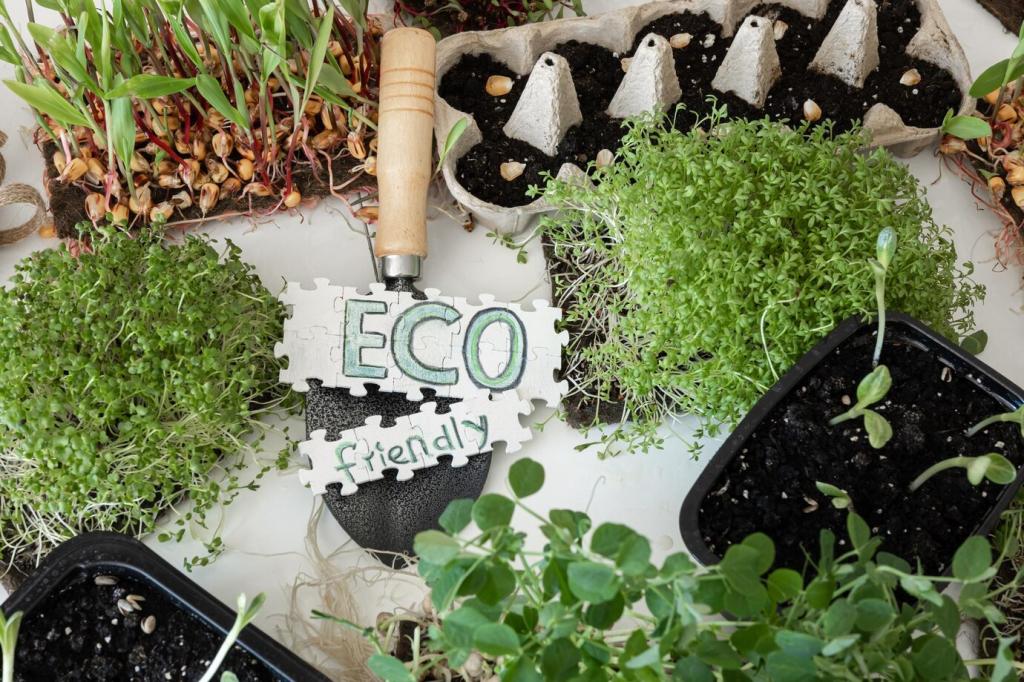Waste-Less Planning: Audit Before You Add
Walk each room with a notebook and measure, photograph, and list what you already own. Identify pieces to repair, repurpose, or swap. The more carefully you catalog, the fewer impulse purchases you’ll make, and the more coherent your design will feel.
Waste-Less Planning: Audit Before You Add
Before donating, ask friends, neighbors, or local Buy Nothing groups. Specialty items may suit schools, theaters, or maker spaces. When something must go, pair it with a story and accurate measurements in your listing to increase its chance of a second, treasured life.
Waste-Less Planning: Audit Before You Add
Alongside money and time, track materials you expect to discard. Aim to reduce each category with creative alternatives. A visible waste jar or tally sheet keeps the goal tangible, and celebrating reductions motivates everyone sharing the home.
Waste-Less Planning: Audit Before You Add
Lorem ipsum dolor sit amet, consectetur adipiscing elit. Ut elit tellus, luctus nec ullamcorper mattis, pulvinar dapibus leo.








